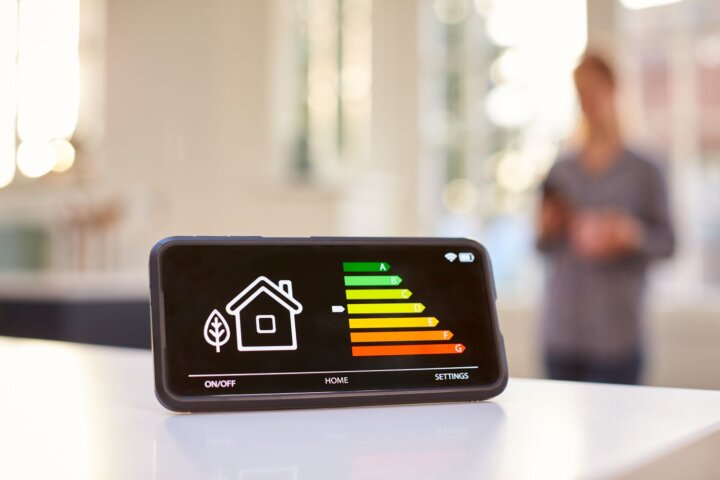So you’ve got a brilliant vision for a new building – congratulations! But before that dream becomes a reality, you’ll need to navigate the often-complex world of permitting. Building regulations can vary significantly by state and even by municipality, making it crucial to understand the specific requirements in your location. Here at Big Shine, we’re here to shed some light on the permitting process and its state-by-state variations.
The Permitting Fundamentals
While the specifics may differ, most permitting processes involve these core steps:
- Pre-Application Meeting: This initial discussion with your local building department helps clarify project scope, identify potential roadblocks, and determine the necessary permits.
- Application Package Assembly: This package typically includes construction plans, engineering specifications, site surveys, and fees.
- Plan Review and Approval: The building department will examine your application to ensure compliance with local zoning ordinances, building codes, and safety standards. This can take weeks or even months.
- Inspections: Throughout the construction process, inspectors will visit the site to verify adherence to the approved plans and ensure overall safety.
- Certificate of Occupancy: Once construction is complete and receives final approval, this crucial document allows you to legally occupy the building.
The State of the States
Here’s where things get interesting. While the core permitting process remains similar, specific requirements and timelines can vary dramatically across state lines.
- California: The Golden State is known for its stringent environmental regulations. Expect a more in-depth review process for projects with potential environmental impact.
- Texas: The Lone Star State takes a more streamlined approach, often prioritizing business development. Permitting timelines may be shorter compared to other regions.
- Florida: Building codes in the Sunshine State focus heavily on hurricane preparedness. Expect additional requirements for wind load resistance and storm shelter considerations.
These are just a few examples, and the specific regulations in your area can differ.
The Big Shine Takeaway
Don’t underestimate the importance of a well-informed permitting strategy. Here are some key points to remember:
- Start Early: Factor in permitting timelines when developing your project schedule. Delays are common, so plan accordingly.
- Engage Local Experts: Consult with an architect, engineer, or permitting consultant familiar with your state and local regulations. They can guide you through the process and ensure your application meets all requirements.
- Stay Informed: Building codes and ordinances are subject to change. Stay up-to-date on the latest regulations in your area.
By understanding the permitting process and its state-specific nuances, you can ensure a smoother path to building your dream structure. Remember, at Big Shine, we’re here to help you navigate the world of industrial construction.








